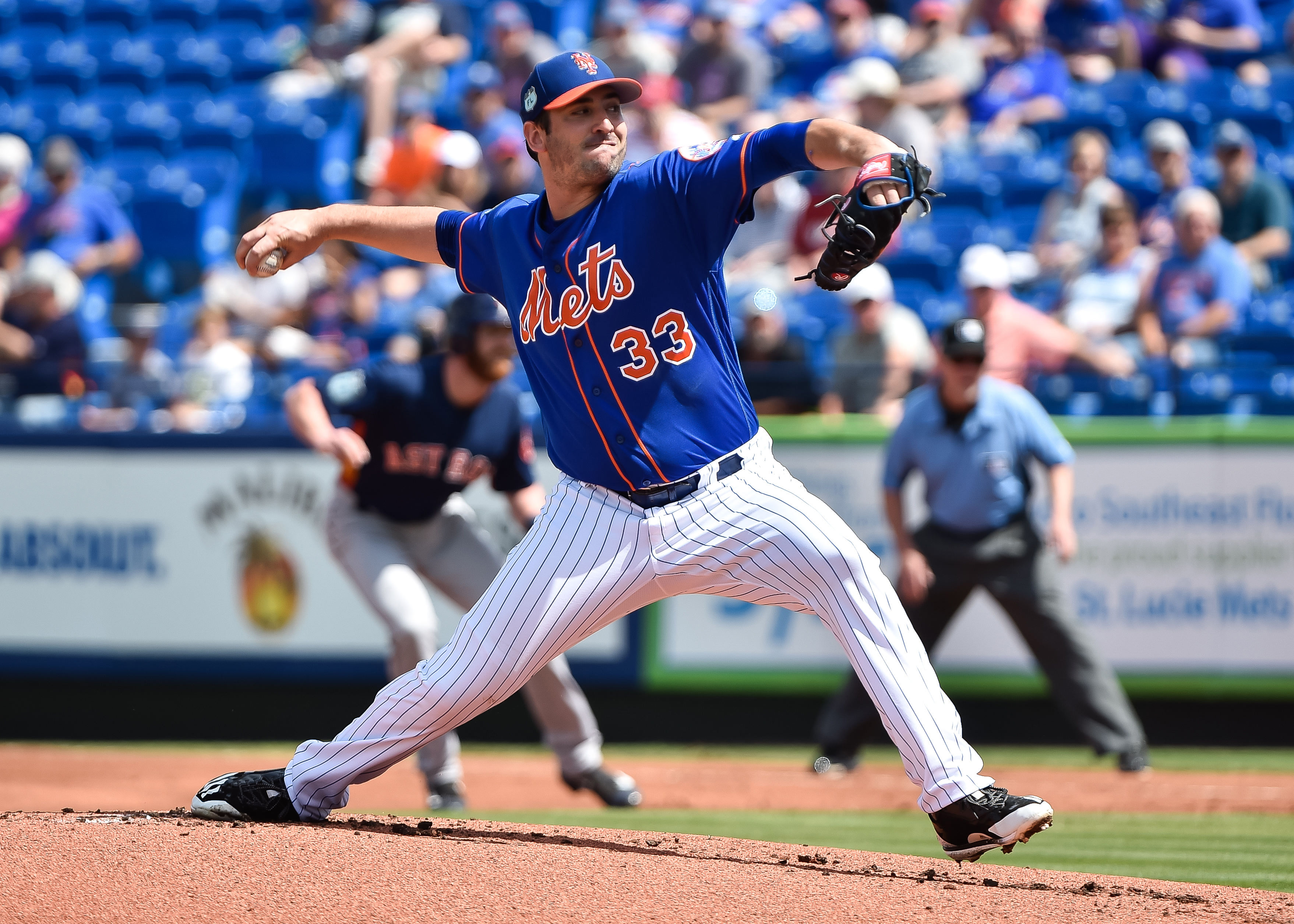Over on the main Baseball Prospectus site today, I wrote a piece about when spring training matters: the answer is “usually not much,” and particularly I don’t think traditional statistics like ERA or FIP are of any great concern. These are minuscule samples against varied competition with players often not exerting at full capacity. As such, I am not concerned about Cole Hamels having yet another bad spring, or Andrew Miller getting touched up a bit in the WBC.
The major exception to that is how a player looks, when accompanied by a sensible positive or negative narrative explanation. One of the examples I used was Noah Syndergaard, who spent much of spring 2016 honing the slider he’d occasionally deployed in 2015. It was clear, by the end of the spring, that this was going to be a huge new weapon moving forward.
What I didn’t try to identify in that piece was a player whose skills appear to have declined, with some clarity and reasons supporting them. I’ll take a big old whack at that over here: I’m becoming concerned that Matt Harvey is just no longer pre-2016 Matt Harvey.
Part of this is the look. I’m not a mechanical expert, so I’m not going to write a whole article telling you it just doesn’t look right just based on TV looks, but I am going to tell you it doesn’t look right to me, nor does it look right to several other talent evaluators I’ve spoken with over the past week. When Harvey was at his best in 2013, and even in 2015, he looked like he was exploding from the legs, gaining a lot of power off his leg drive. Now, the action is all in his torso and arms, and the delivery looks unfinished like he’s not driving off. (He’s also casting his curve and change.) No longer is he the pitcher that was right up there with Yu Darvish in spawning GIFs of multiple pitch devastation coming from the same location and ending up everywhere in the strike zone.
We’ve also got some data to look at–anecdotal as it is–in terms of fastball velocity. Courtesy of the PITCHf/x data at Brooks Baseball, we know exactly how hard Harvey’s average and peak fastball velocities have been over the course of his career. (I’m going to use April data since that’s in the regular season period where he should still be ramping up.)
| Month | Avg FB Velo | Peak FB Velo |
| 4/2013 | 96.18 | 99.89 |
| 4/2015 | 96.58 | 100.23 |
| 4/2016 | 95.12 | 98.12 |
We don’t have that kind of easy data to manipulate for spring training, unfortunately. What we do have are a lot of velocity reports from beat writers, scout reports, and the stadium and TV guns before the Mets curiously ordered those turned off. Generally, and pretty consistently over all three starts, all reports show Harvey living around the 90-93 velocity band, topping out at 94 with a few pitches reported at 95, but no higher. With some confidence, we can say that over his first three March 2017 starts, Harvey’s velocity has been down about four miles per hour across the board from prior averages. That’s bad.
We really have no idea how effective Harvey would be working around 92 MPH, because even as compromised as he was in 2015, he was only down slightly over one mile per hour on average velocity from 2015 to 2016. His 2016 velocity was only four-tenths of a mile off his 2012 velocity. And his pitch usage was right in line with career norms, aside from throwing a few more sliders and a few less curves. Harvey has distinctly not been Cole Hamels in the past, who has a history of bleeding four miles per hour off his velocity in spring that magically comes back on April 3. Harvey has come out fairly early in the spring—even last year—and looked like regular season Matt Harvey. That raises a narrative red flag for this season.
But the biggest red flag is Harvey’s season-ending diagnosis of thoracic outlet syndrome and subsequent surgery. The outlook for pitchers recovering from thoracic outlet syndrome is mixed to the point that it can be career-ending or functionally so, far bleaker than the Mets originally optimistically portrayed. After yesterday’s outing, pitching coach Dan Warthen admitted that this diminished repertoire might just be what Harvey has, at least early in the season, and they’re hopeful Harvey’s velocity comes back closer to normal by the end of May. In the meantime, he’s going to have to rely on his secondary pitches and his command more, but those are the specific things that originally deserted him because of the very same thoracic outlet syndrome.
It’s far too early to write Matt Harvey’s obituary as a pitcher. He could find it again at nearly any time, and he could even learn to pitch with the stuff that he has. But it’s no longer too early to ignore that Harvey has diminished velocity and once again looks like a mediocre pitcher this spring. We probably know why, and the delta on Harvey’s outcomes from here is very, very volatile.
Photo Credit: Steve Mitchell-USA TODAY Sports
